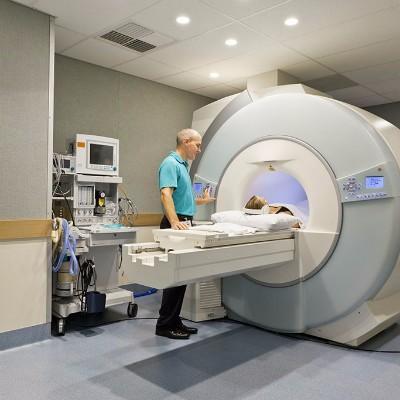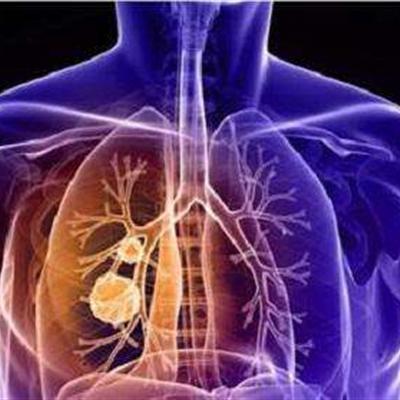What is autonomic reflex?
summary
What is autonomic reflex? Autonomic nerve is a kind of spinal nerve, which is mainly distributed in trunk, limbs, motor and sensation. Visceral nerve, which is mainly distributed in viscera, controls and coordinates visceral, vascular, glandular and other functions. It is not controlled by human will, so it is called autonomic nerve, also known as autonomic nerve, It refers to a group of clinical syndromes characterized by paroxysmal sudden rise of blood pressure caused by spinal cord injury (SCI) at or above T6 level
What is autonomic reflex?
The main functional characteristics of the autonomic nervous system are: the antagonistic effect of sympathetic and parasympathetic nerves. Generally, sympathetic and parasympathetic nerves are antagonistic to each other for organs under dual innervation. For example, sympathetic nerve accelerates heart beat and slows gastrointestinal movement. Parasympathetic nerve slows heart beat, In addition, sympathetic nerve excitation is often accompanied by secretion of adrenal medulla, so it is called sympathetic adrenal system. Vagus nerve excitation is often accompanied by secretion of islets, so it is also called vagus islet system. From the perspective of energy metabolism, the function of sympathetic nerve can promote energy consumption, while the function of parasympathetic nerve can enhance energy storage, The two are complementary, because it is easier to store after consumption, and storage is just for future consumption

Tension effect. In a quiet state, autonomic nerve fibers often have low-frequency efferent impulses to the effector, playing a slight role in stimulating the effector, which is called tension effect. For example, transection of the vagus or sympathetic nerve which dominates the heart can accelerate or slow down the heart beat respectively, which indicates that the vagus nerve before transection slows down the heart beat and the sympathetic nerve accelerates the heart beat, For example, the sympathetic effect is stronger in rabbits and the vagal effect is stronger in horses

Sympathetic adrenal activity and emergency response. When animals encounter various emergency situations, such as strenuous exercise, blood loss and extreme cold, a series of phenomena of extensive enhancement of sympathetic adrenal system activity occur, which is called emergency response (stress response). American physiologist W.B. cannon put forward the emergency response theory based on this response. These reactions include: acceleration of heart beat, extensive contraction of skin and visceral blood vessels, The physiological significance of bronchiectasis and accelerated glycogen decomposition lies in mobilizing various potential forces of the body to adapt to the drastic changes of the environment. If the sympathetic nerve chain of animals is removed, the ability of animals to cope with emergencies will be greatly weakened

matters needing attention
The clinical manifestations of AD are related to sympathetic excitation and large amount of release of adrenergic transmitters, including: high blood pressure, slow pulse, severe headache, facial flushing, congestion and blockage of nasal mucosa, sweating above the injury level, shivering, chills, anxiety, nausea, urination, transient blurred vision, metallic taste of mouth, dizziness, dizziness, convulsion and cerebral hemorrhage












